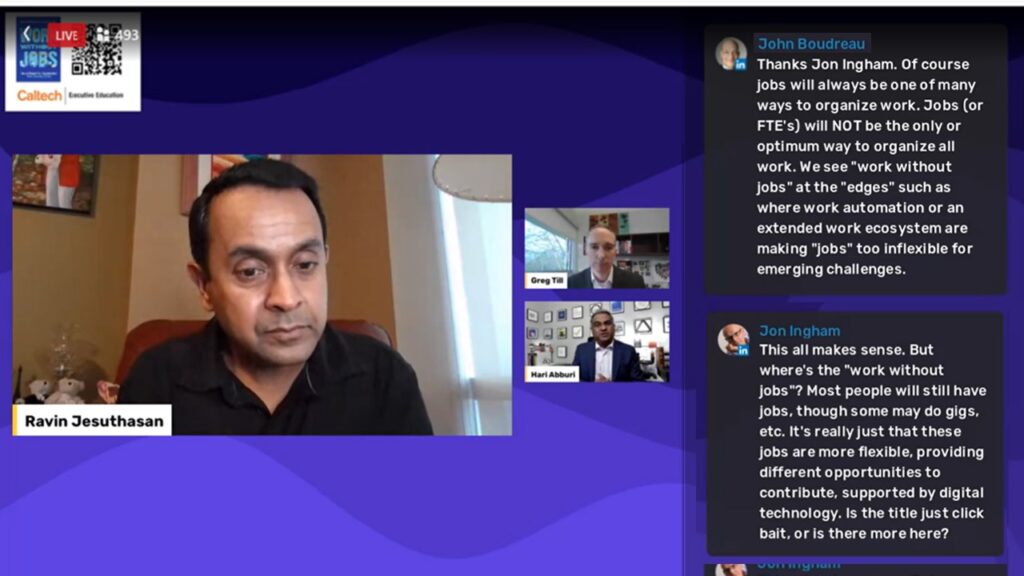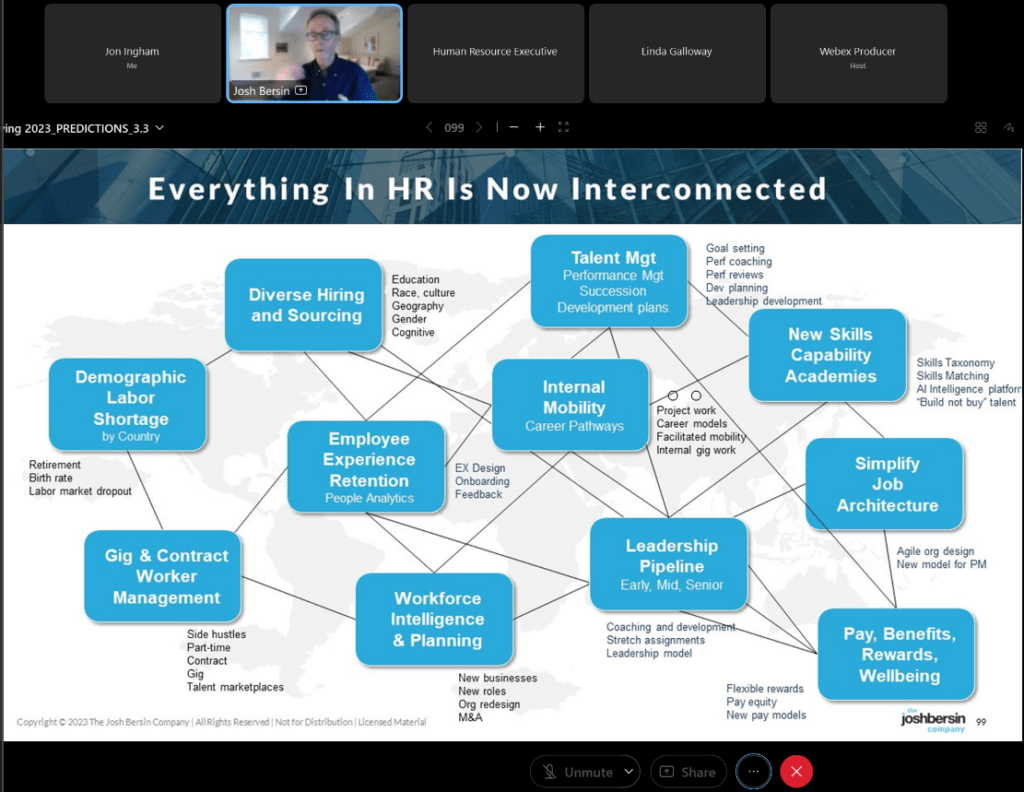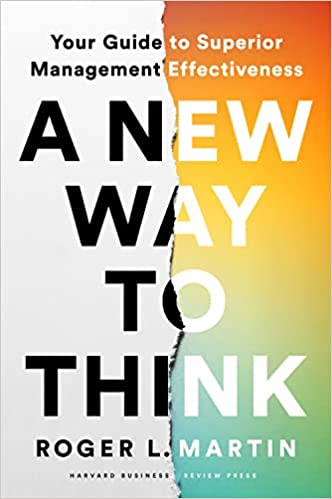What is Work Architecture?
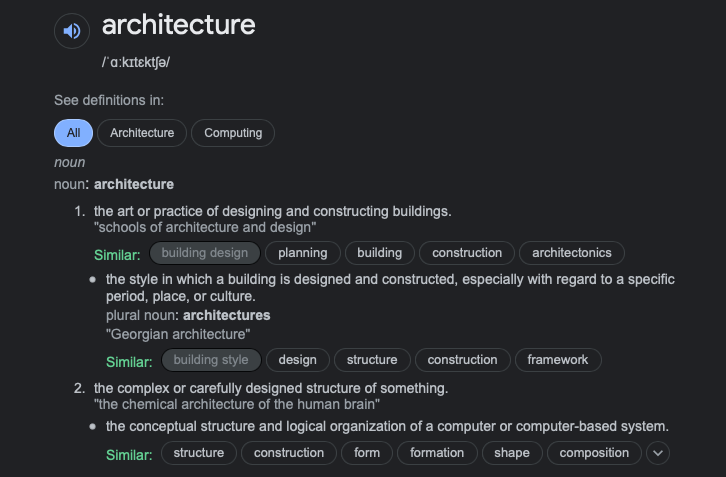
Organisations are increasingly realising that jobs are just one mechanism for undertaking work (and also, actually, that jobs aren’t only about doing this), In extending the mechanisms they use, organisations are intending to benefit from the broader range of mechanisms that exist today (including automation and AI, contingent working, and internal platform working). Given this change is happening, doesn’t it make sense to think about work architecture rather than just job architecture?
.

.
Work architecture is certainly becoming a more commonly used term. The quotes used in this article are all taken from a paper by XpertHR, but I don’t mean to single them out as the term is also being promoted by Korn Ferry, and others. It was also referred to by Ravin Jesuthasan and John Boudreau in ‘Reinventing Jobs’, but these authors have now moved on to focus on the work operating system (in ‘Work Without Jobs’) – a term which I think is unnecessary, but probably better than work architecture!
Because actually, I don’t think the term does make much sense, no. For example, in the Academy’s Work and Job Design programme, work architecture isn’t something I refer to at all, and I don’t think I need to do so.
.
“The complex or carefully designed structure of something”
Architecture is about the underlying structure you use to build something. For organisations, this includes process architecture (the top level value chain and more detailed processes beneath this); enterprise architecture (the basis configuration of the organisation’s technology); job architecture (job families and levels) and the actual buildings architecture (the basic designs of offices and other workplaces). All of these enable the organisation, including work, to be designed and changed more effectively and efficiently. But you don’t want to make ongoing, frequent changes to the actual architecture – you want an architecture that makes it as easy as possible, given context and constraints, to change the building, organisation, work, process, technology systems, jobs, etc.
Having a work architecture would constrain the very flexibility you’re seeking to create by refocusing on work rather than just on jobs. You don’t want a work architecture, you need to design work, using the other architectures I’ve referred to above.
.
Work design / architecture isn’t a single thing
My issue isn’t just that work architecture doesn’t or shouldn’t exist, it’s also that were it to do so, it must be something broader not just different to job architecture. All organisations would have a work architecture, not just those using automation and AI, contingent workers, an internal marketplace, etc.
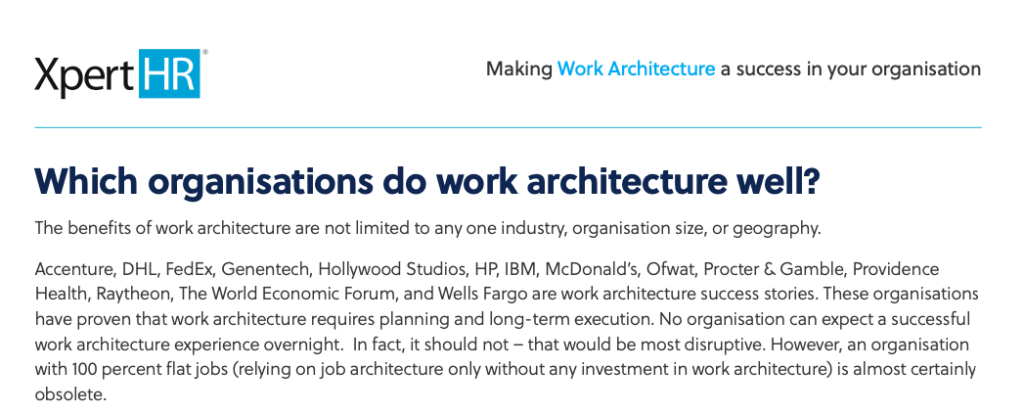
.
For me, the above suggestion is nonsense. If work architecture exists, then all organisations have this, and some architectures will be based on specialist roles within traditional, functional organisation forms which are absolutely not obsolete. (Flat or fixed here is just deliberately pejorative. Specialist roles can be broadly vs tightly defined, and crafted or sculpted by the role holder vs never getting changed.)
.
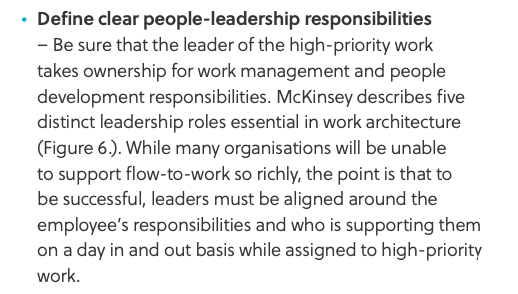
.
So this is suggesting that not only do all work architectures need to be horizontally vs vertically oriented, but that they all need to be based on ‘essential’ flow to work roles, so, for example, horizontally focused process based teams no longer cut it either. Again, this is nonsense. Flow to work is an increasingly important approach, but not everything needs to be based on this (indeed, many areas of business would be completely impossible).
.
Work Design
Instead of work architecture, let’s just think about undertaking work design. This produces new or updated processes and practices, roles and jobs, contingent working opportunities and technologies, informed by process and job architecture etc. But this is an ongoing process, with frequently updated deliverables – not an architecture.
If there is an architectural component to this, it is a very small one. For example, I’ve sometimes suggested a ‘work requirements map’ superimposed on top of a process or job architecture that shows the different work approaches used across an organisation – which may or may not include vertical specialist, process, product, agile teams, flow to work roles, as well as contingent working, internal talent platforms (most clearly not solely linked to flow to work roles) and automation.
.
See more in the Strategic HR Academy’s Work and Job Design programme.
.
Jon Ingham
HR and OD Strategist, Trainer, Learning Facilitator at the Jon Ingham Strategic HR Academy

